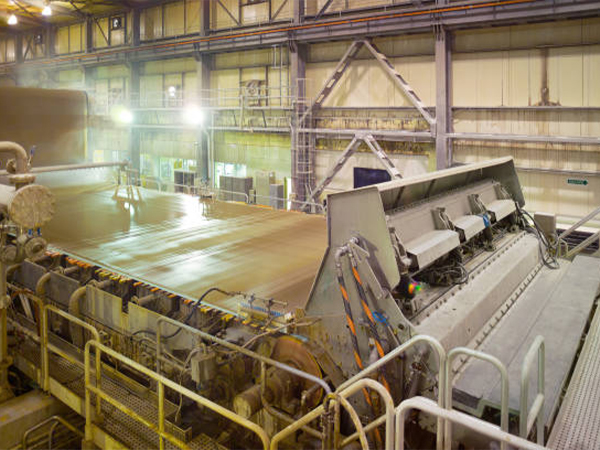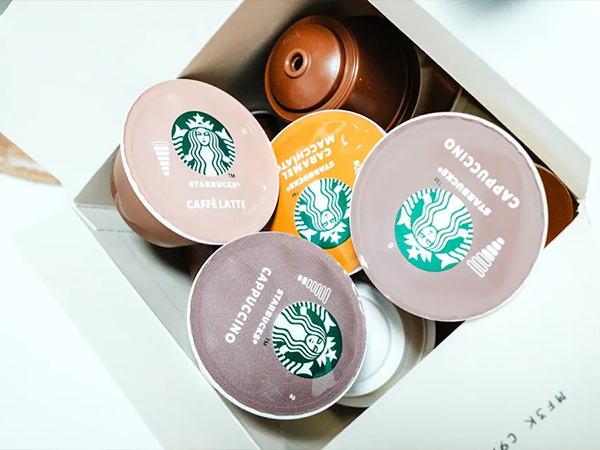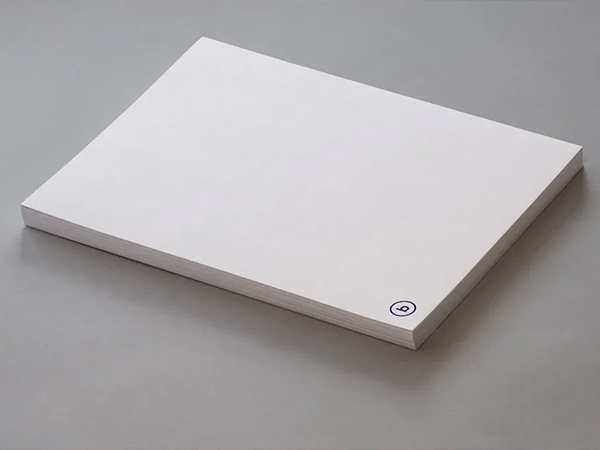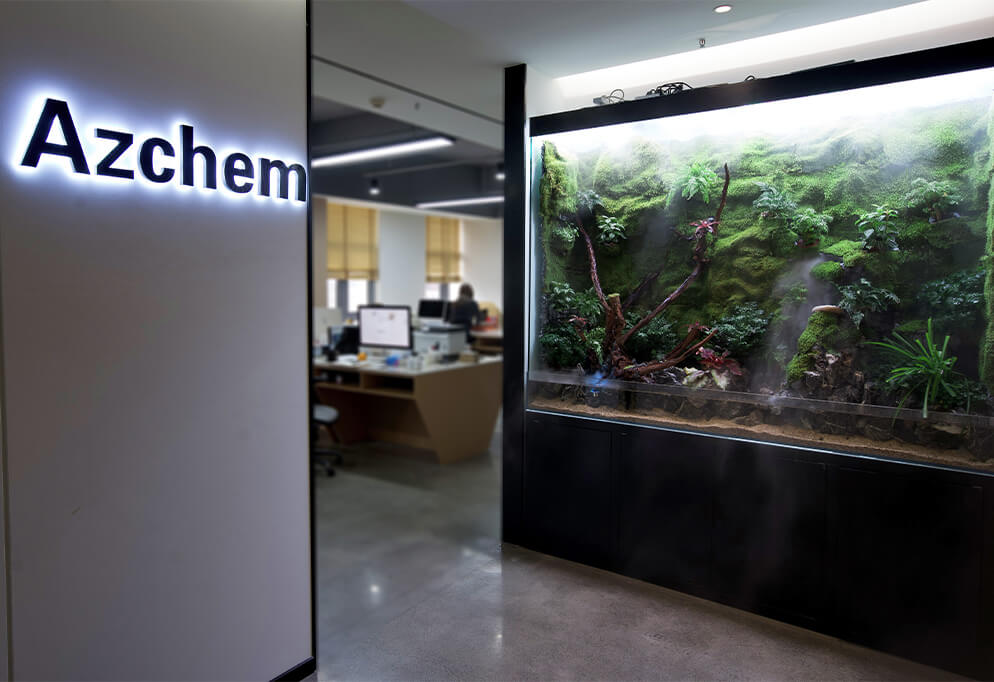1. Overview of Foam Testing Methods
Foam and anti‐foam performance in papermaking can be evaluated by various standardized and laboratory techniques. All methods measure changes in foam volume or stability to compare defoamer effectiveness. Popular approaches include:
- Ross–Miles Test (ASTM D892)
- Siehe Industrial Standard Test
- Aeration (Bubbling) Test
- High‐Speed Stirring Test
- Titration Method
- Circulating Foam Test
- Shaking (Bottle) Test (ASTM D892–46T)
- High‐Schmidt Evaluation Method
- National Standard Q/XGY014-91
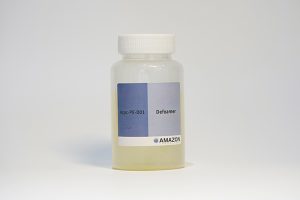
2. Test Methods & Procedures
2.1 Graduated Cylinder (Cylinder Shake) Method
- Applications: Low‐viscosity coatings and pure emulsions
- Procedure:
- Pour ~20 mL sample into a stoppered 50 mL graduated cylinder.
- Add the defoamer, cap, and shake vigorously (e.g. 20 shakes).
- Immediately record initial foam height.
- After a fixed rest period, record final foam height.
- Note: Quick and easy, but limited accuracy.
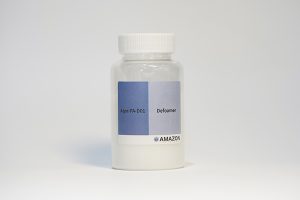
2.2 High‐Speed Stirring Method
Offers higher precision and broader applicability, with two variants:
2.2.1 Foam Height Measurement
- Applications: Low‐viscosity paints and emulsions
- Procedure:
- In a graduated beaker (1 mL scale), mix 100 mL sample + defoamer.
- Stir at 3,000–6,000 rpm for a set time.
- Record foam volume over time: lower foam = better defoaming.
2.2.2 Specific Gravity Cup Method
- Applications: High‐viscosity systems and emulsions
- Procedure:
- Stir 150–200 g sample at 3,000–6,000 rpm.
- Immediately fill a specific‐gravity cup and record density.
- After 15 min, measure again; compare 4–6 data points.
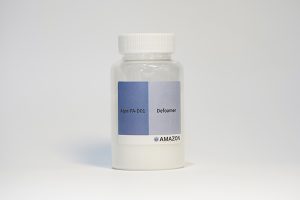
2.3 Coating Performance Test
- Purpose: Evaluate defoamer’s effect on film quality (pinholes, compatibility, gloss).
- Procedure:
- Use a 75 μm applicator to coat a clean glass plate.
- Inspect for pinholes.
- Measure gloss with a gloss meter.
2.4 Storage Stability Test
- Purpose: Simulate long‐term shelf life under accelerated conditions.
- Procedure:
- Seal defoamer sample in a bottle.
- Store at 50 °C in an oven.
- At intervals (e.g. weekly), test performance (3–4 data points).
- Rule of Thumb: 1–2 weeks at 50 °C ≈ 6 months at ambient temperature.

